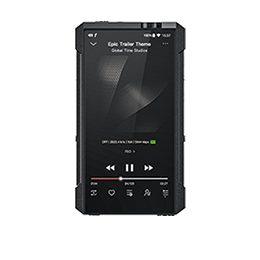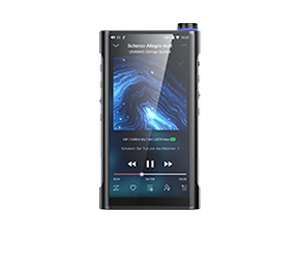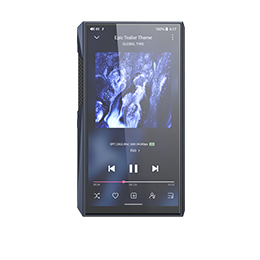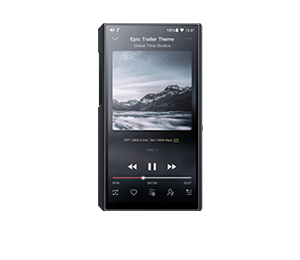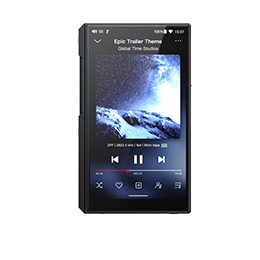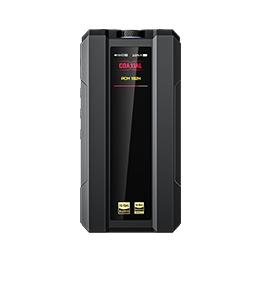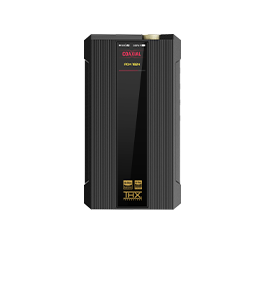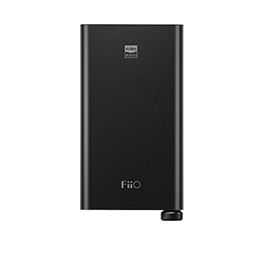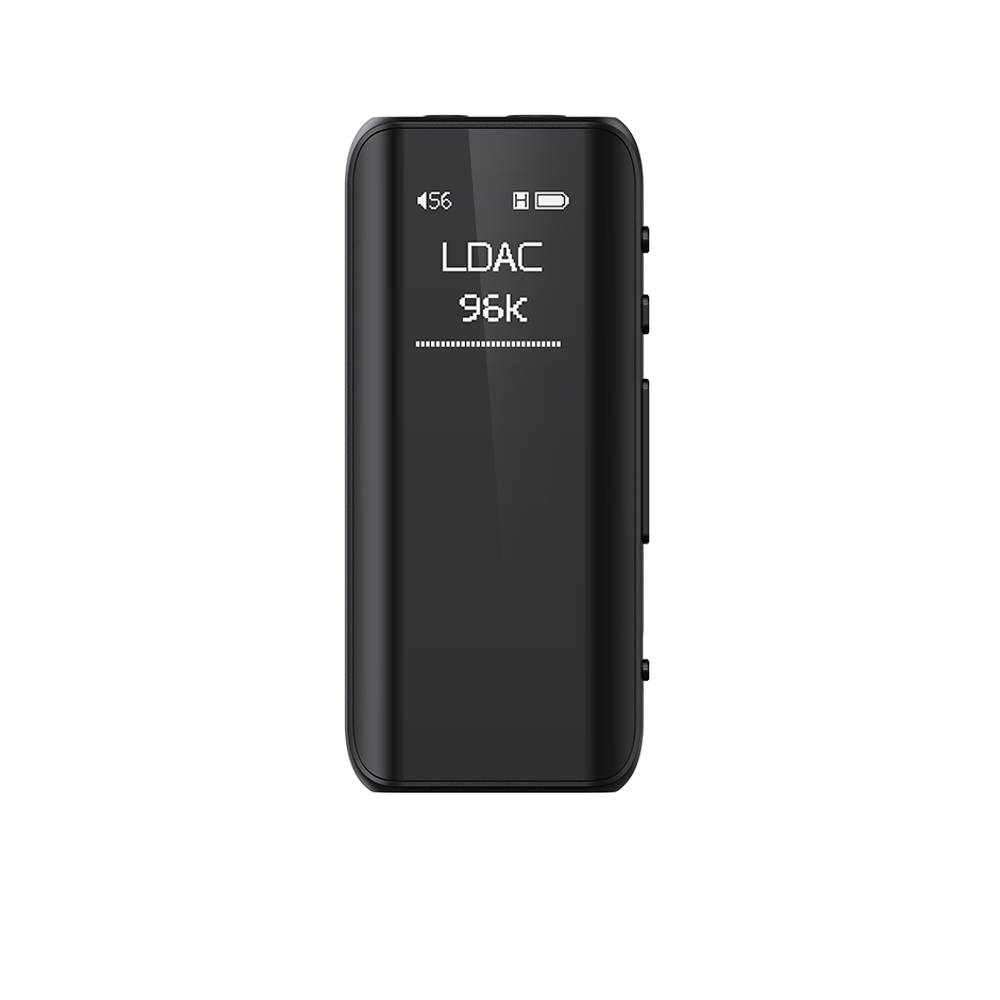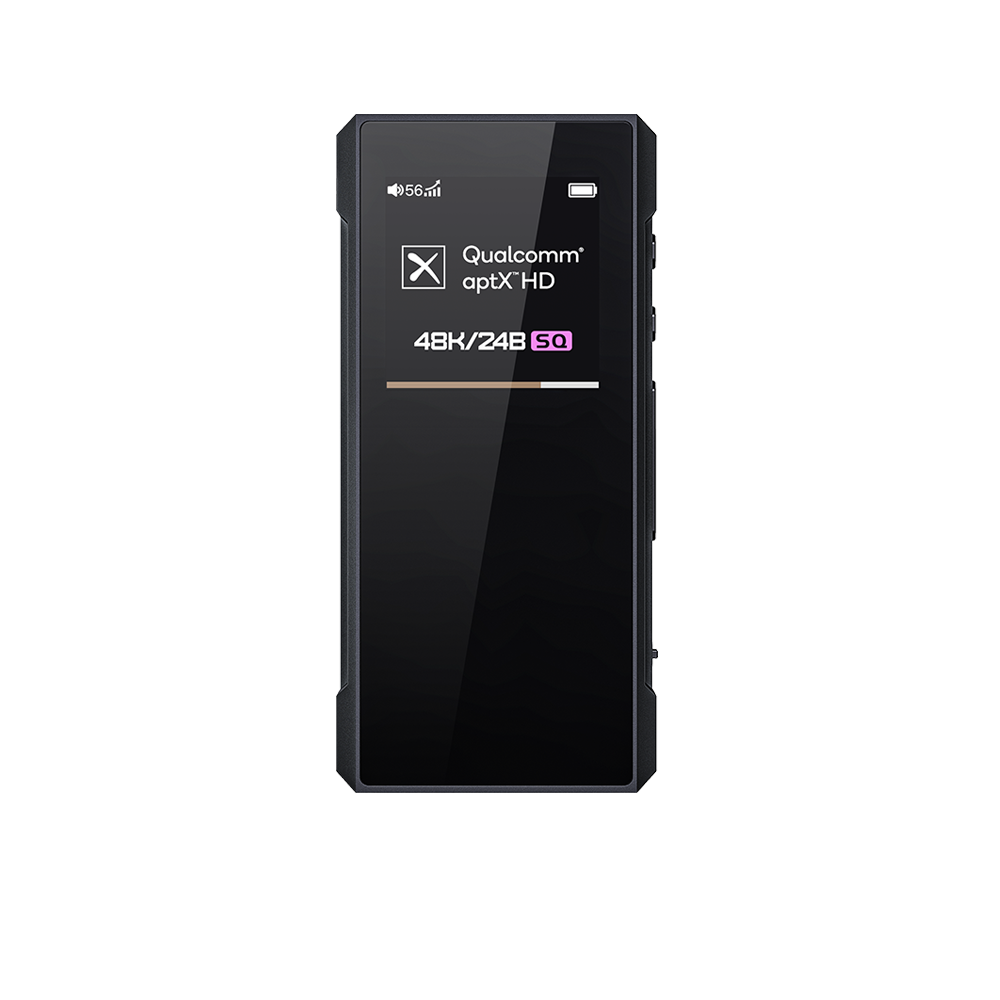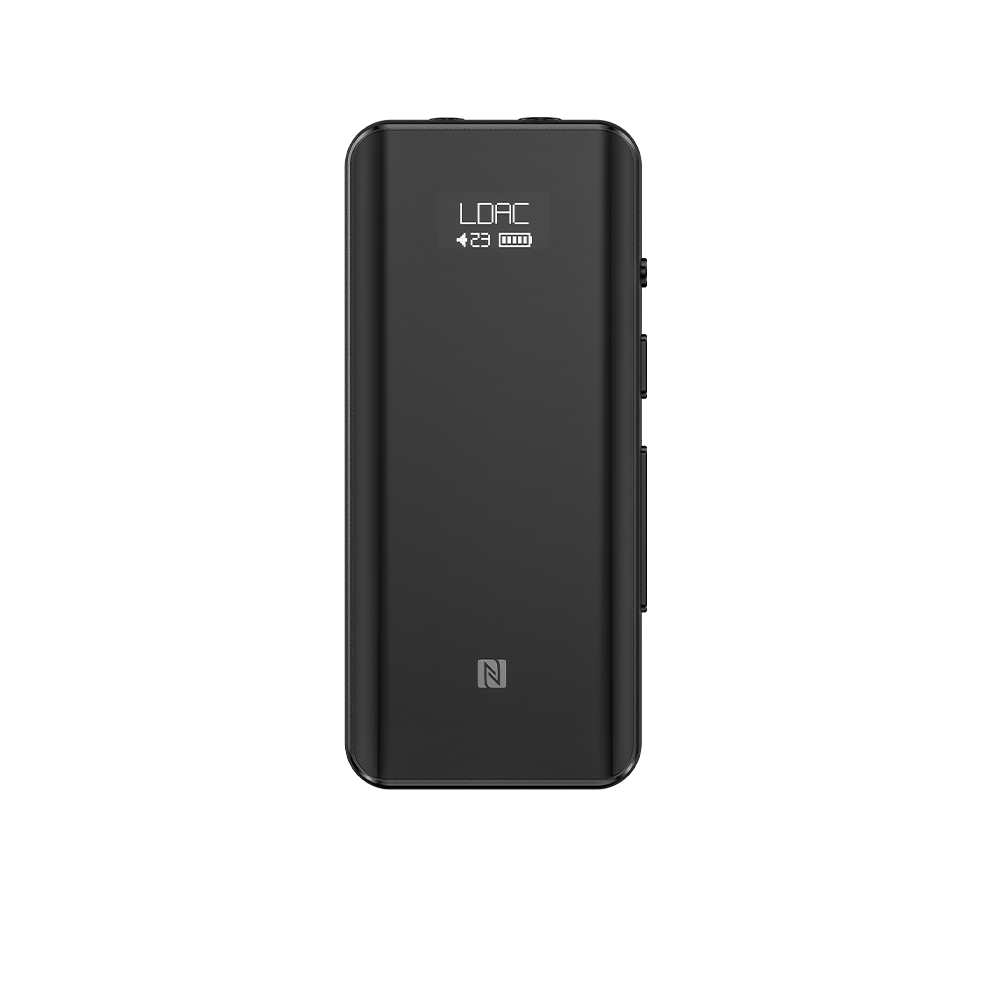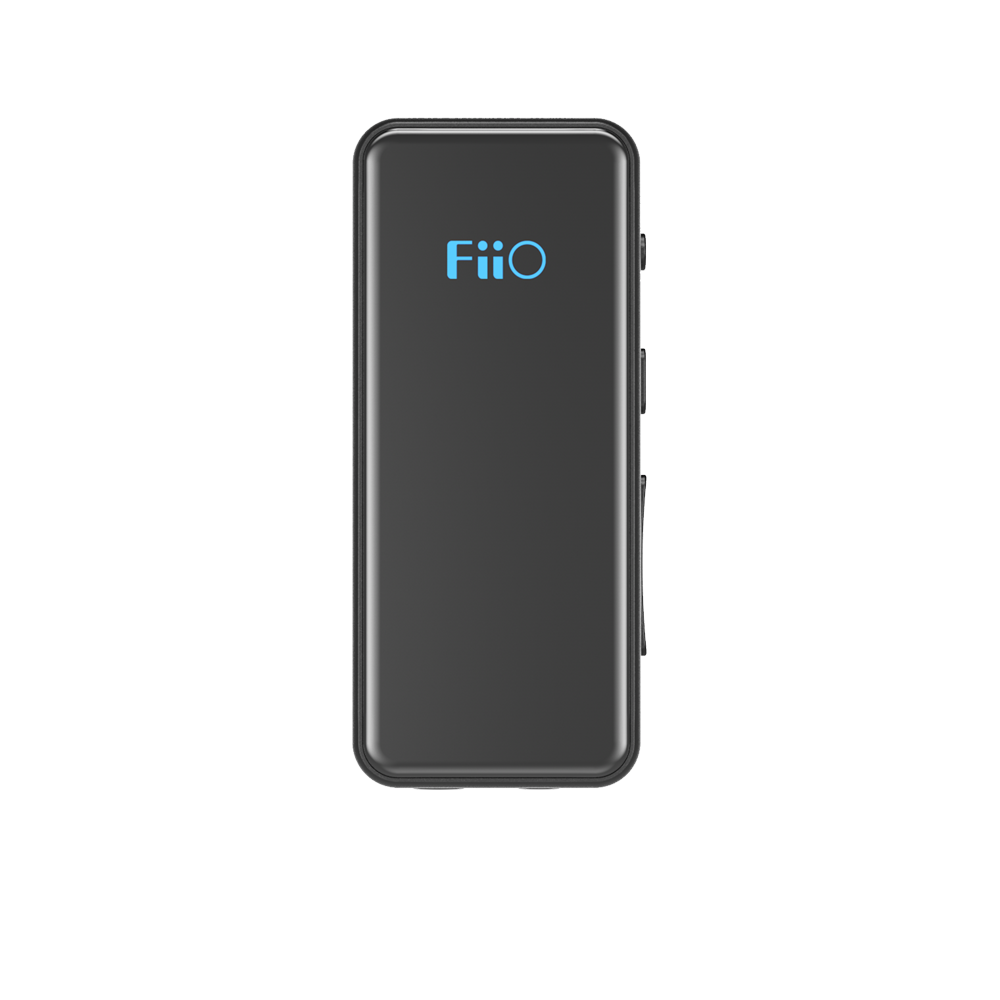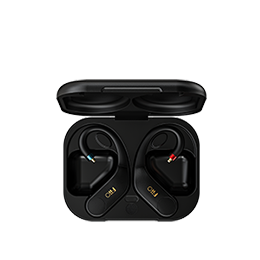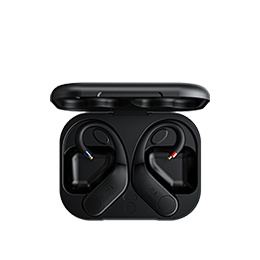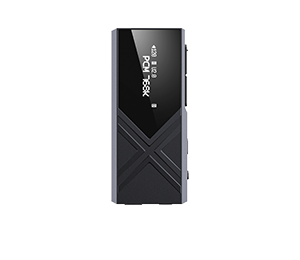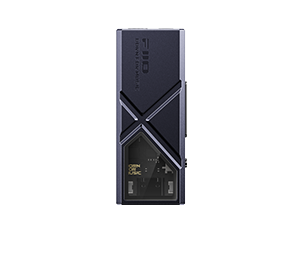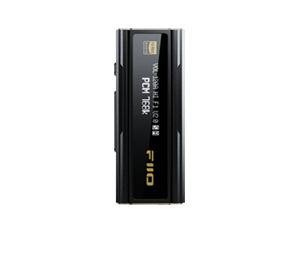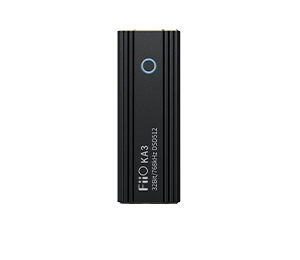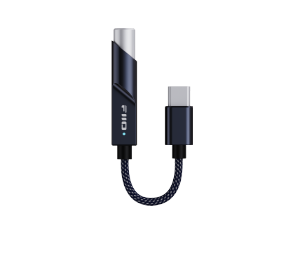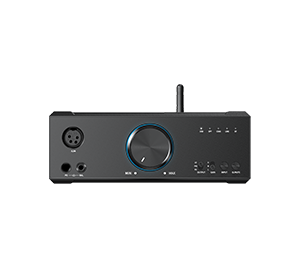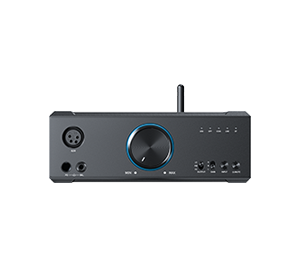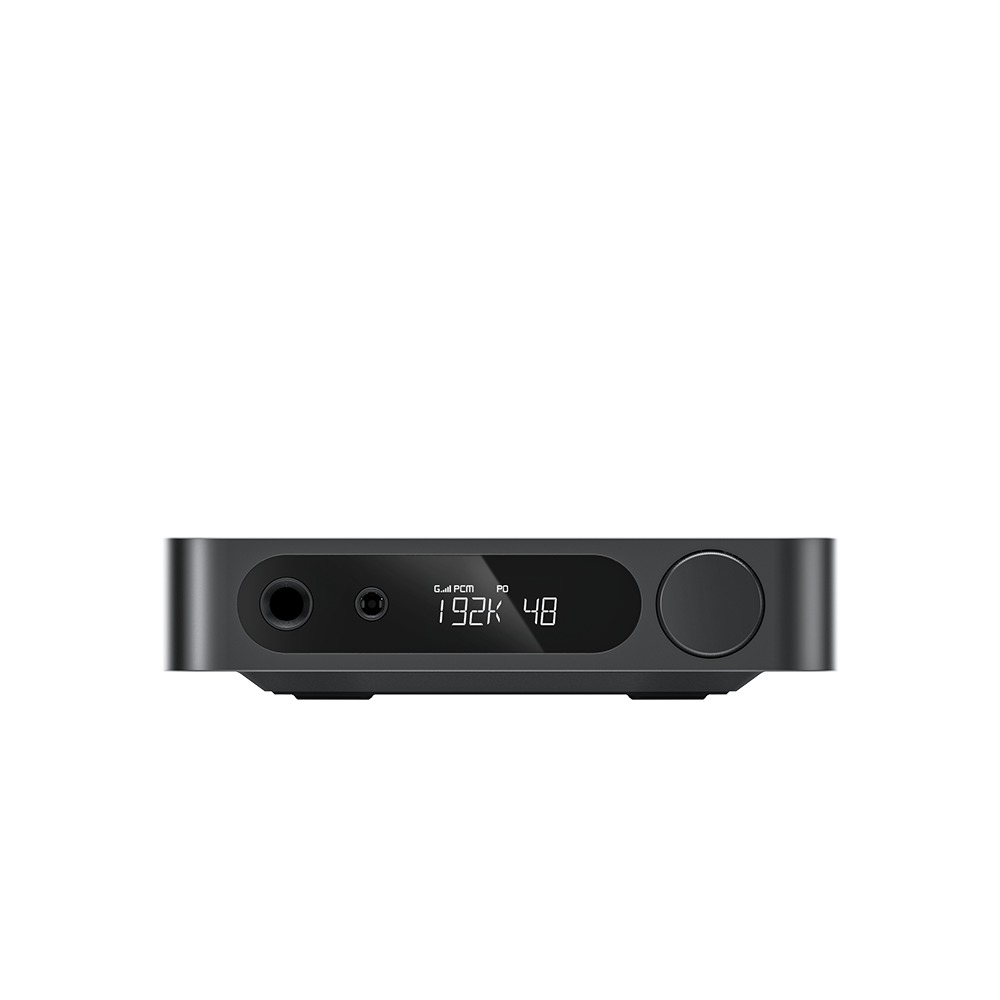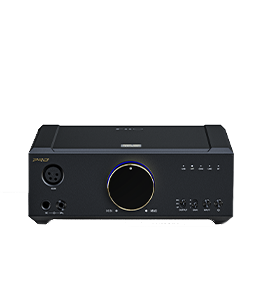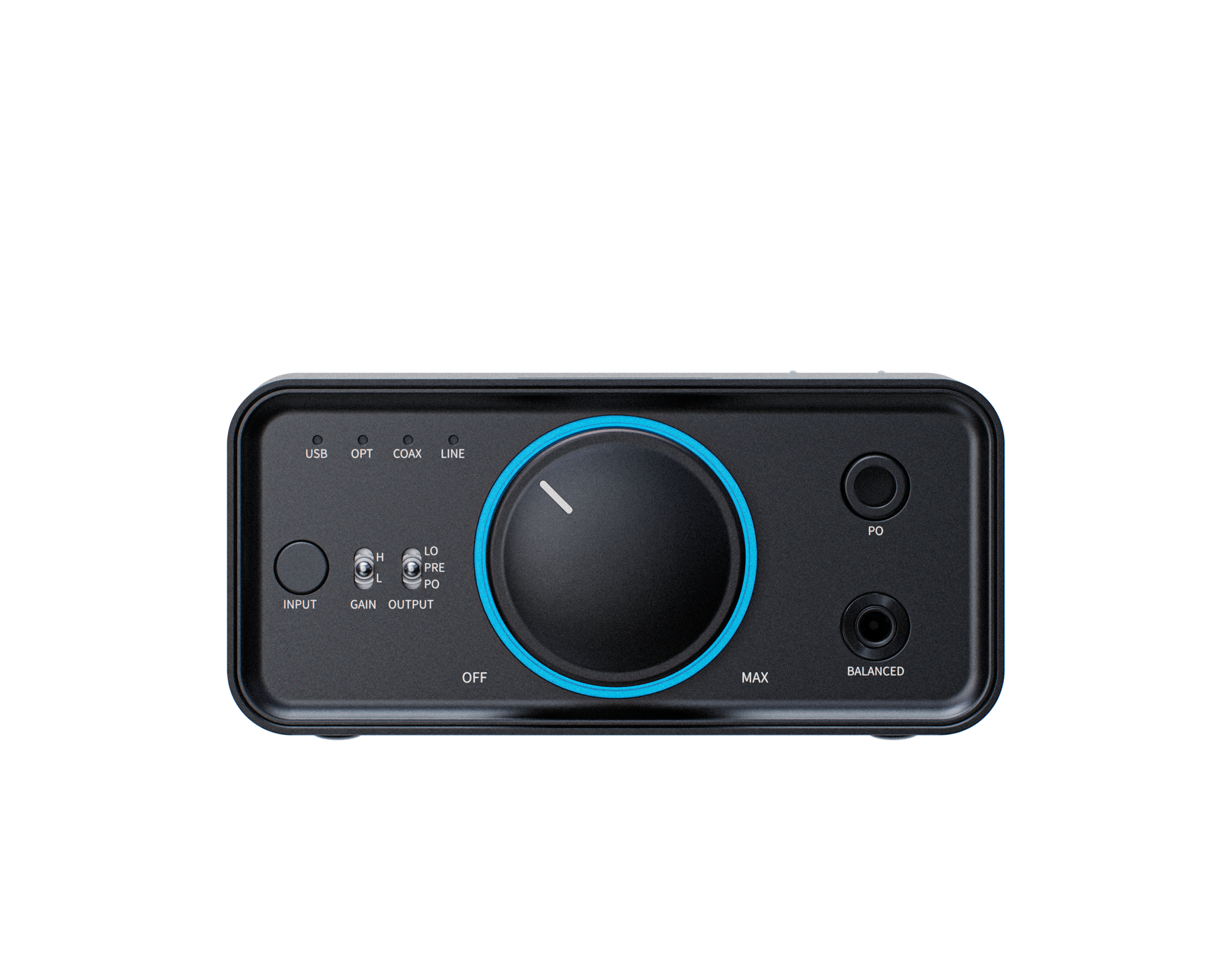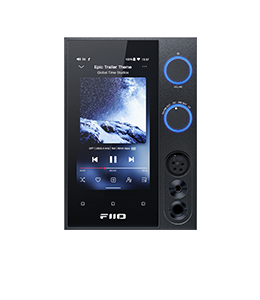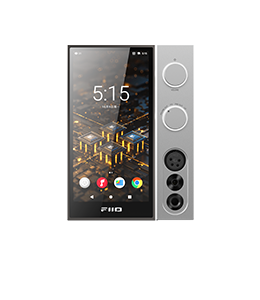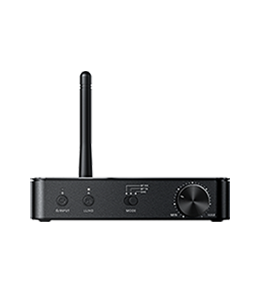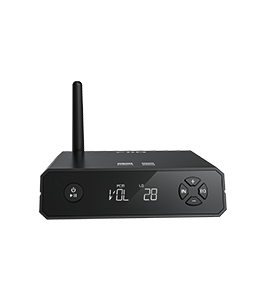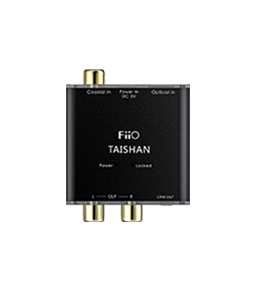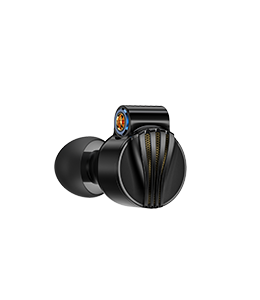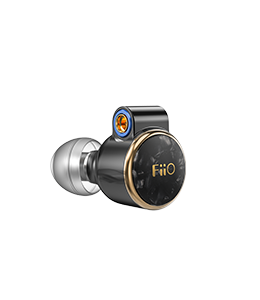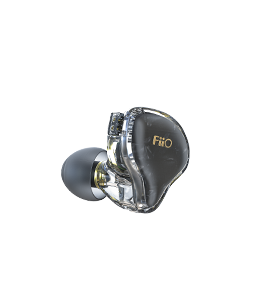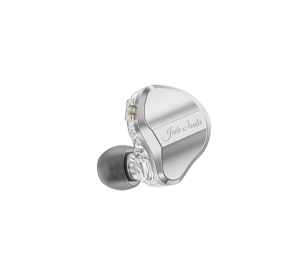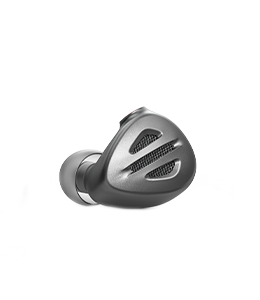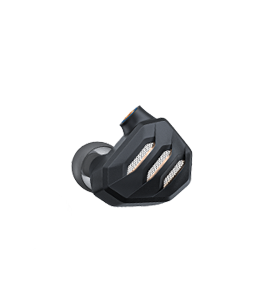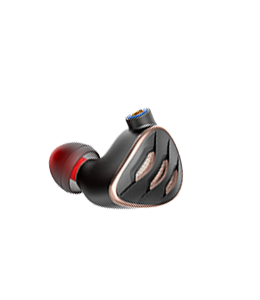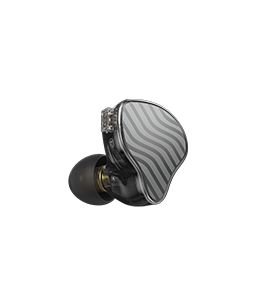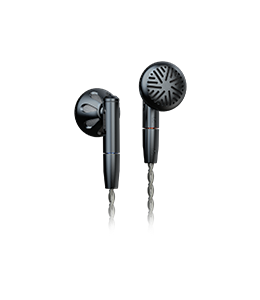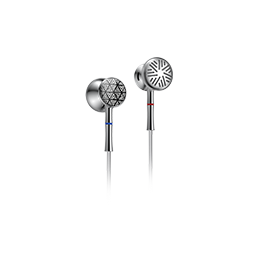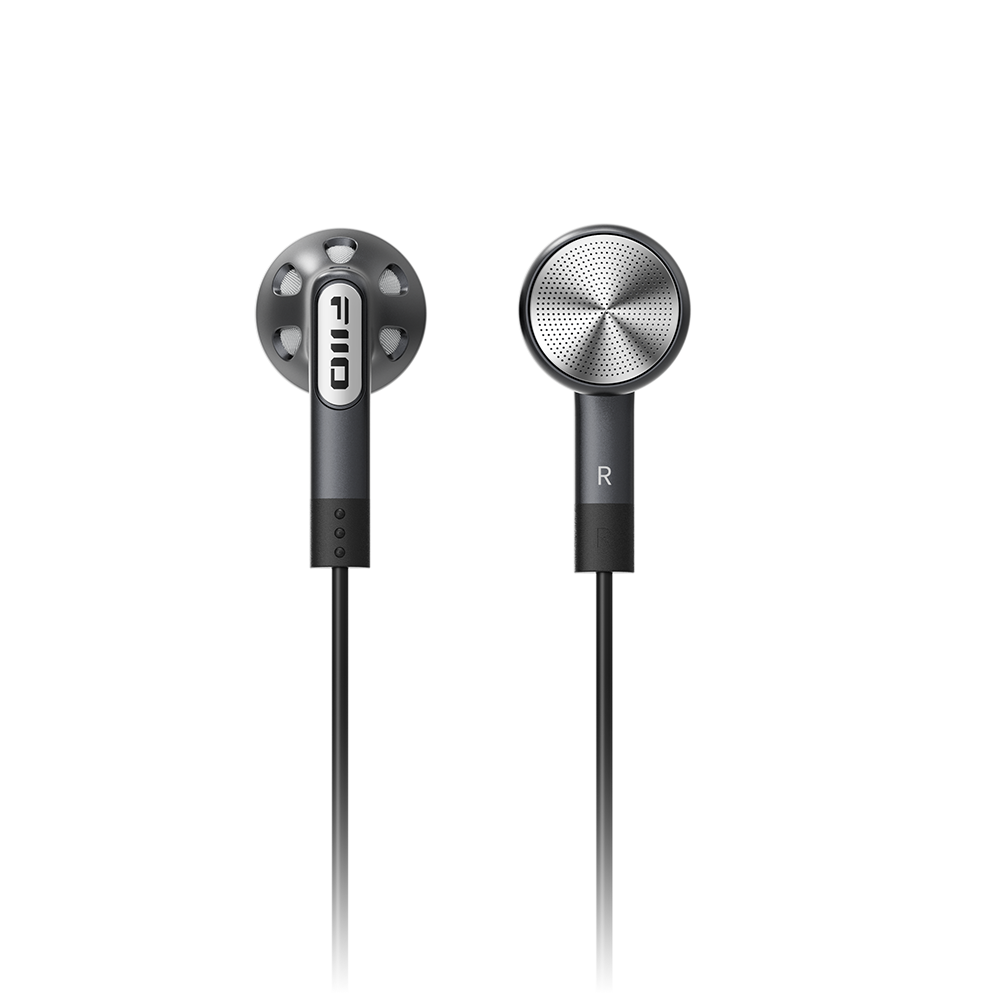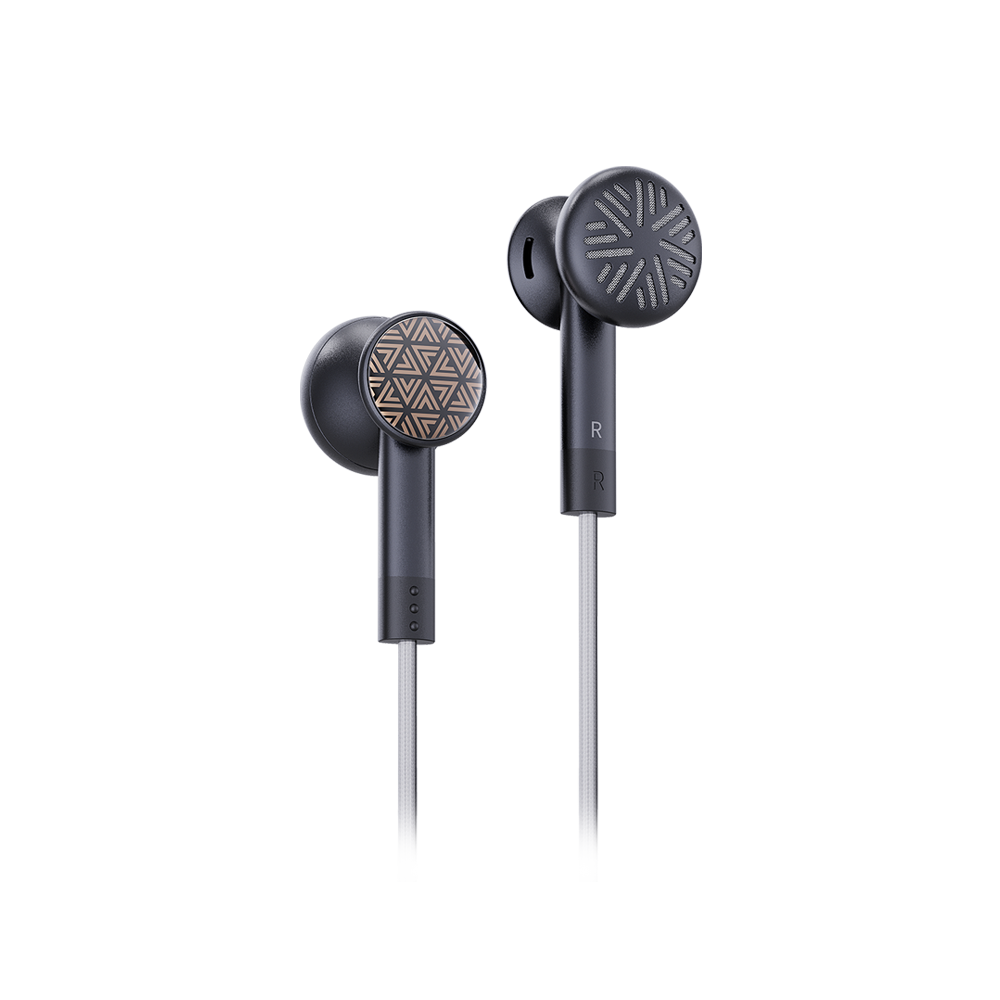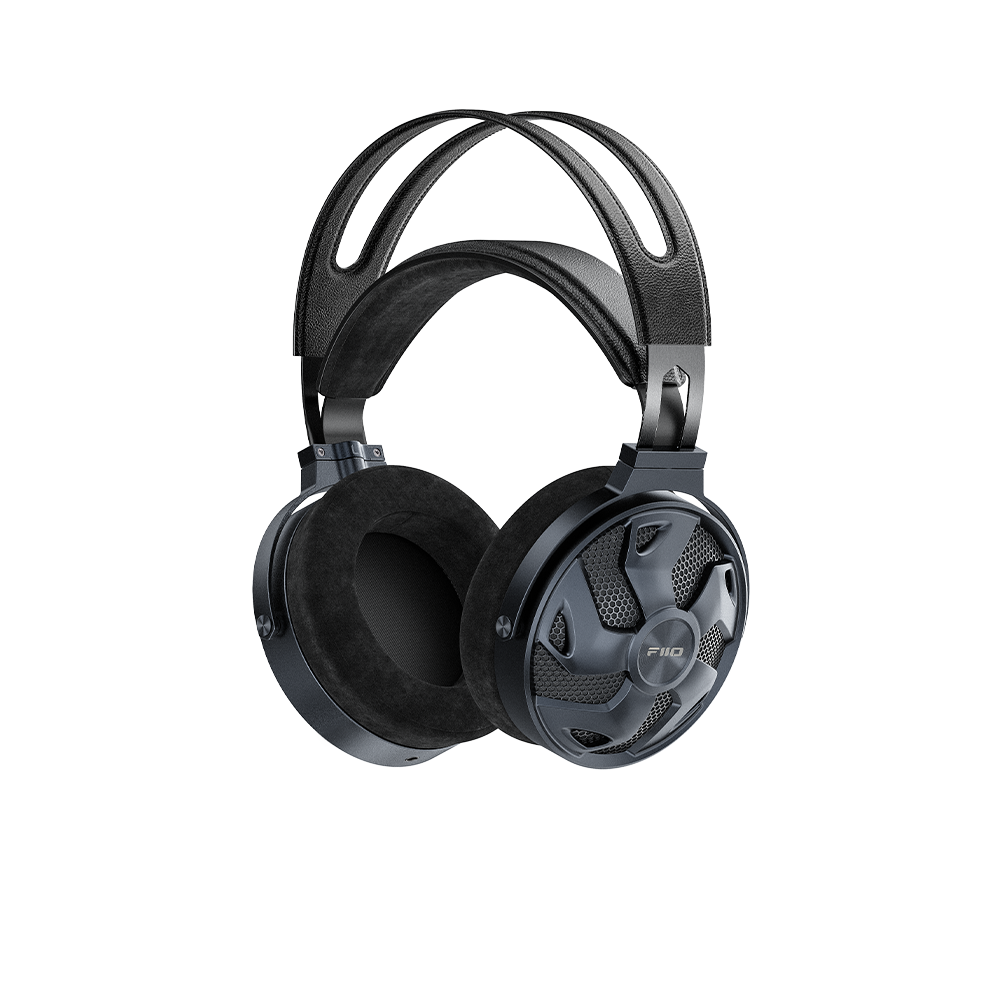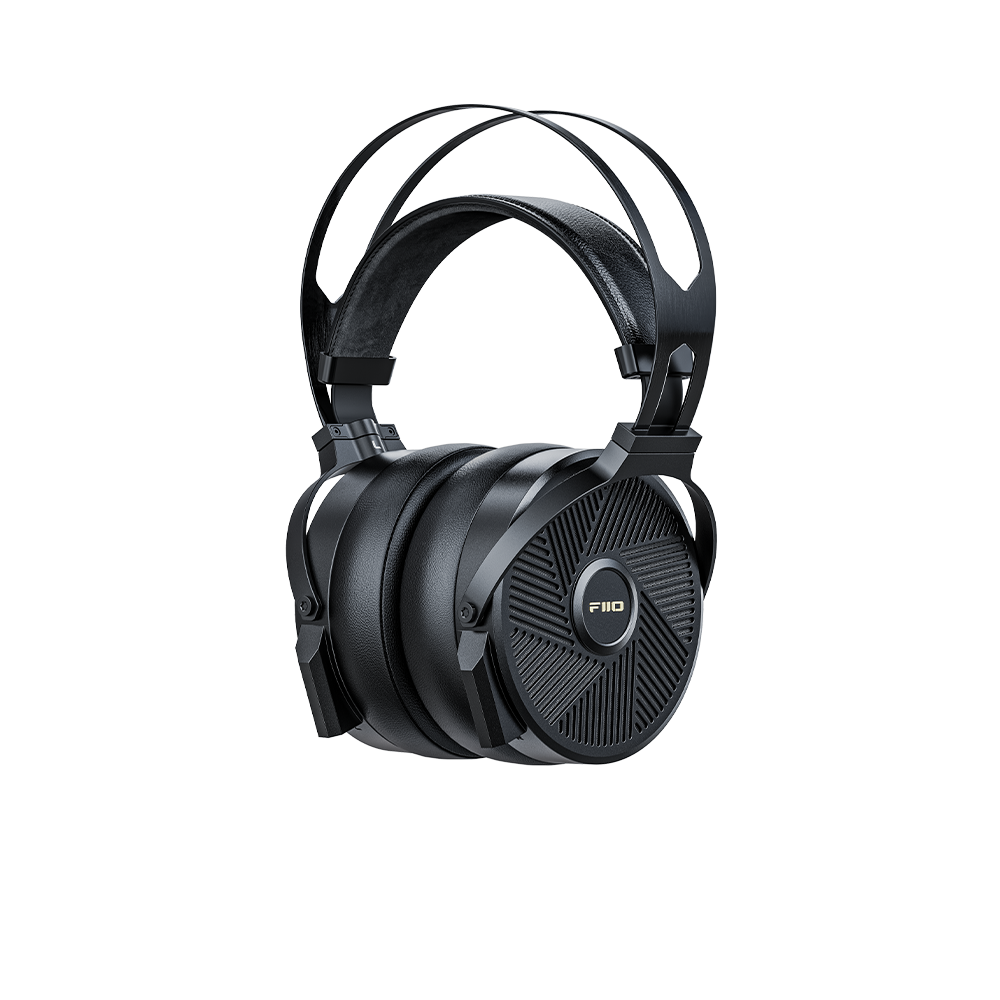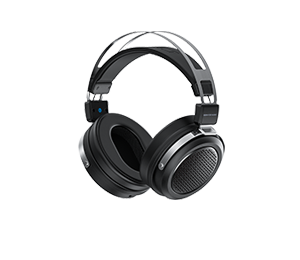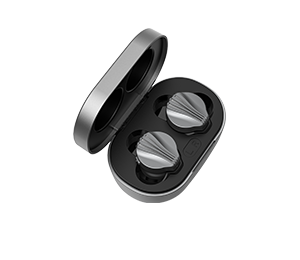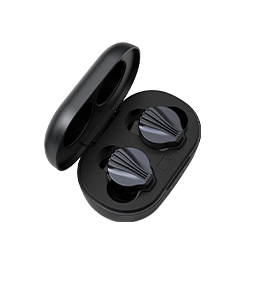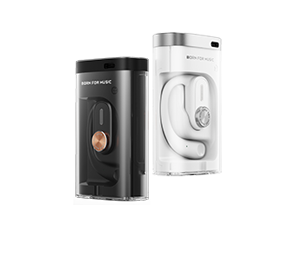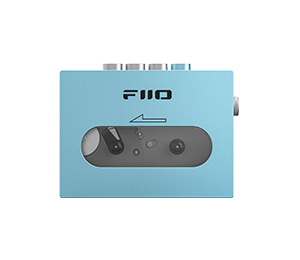Review: Fiio BTR1 Bluetooth Headphone Adapter
Author:GUIDO GABRIELE
Review from:ilounge.com
→→ Read the original article on ilounge.com:>> Click here
Since the release of the iPhone 7 and iPhone 7 Plus, it's been difficult to review headphones without giving some consideration to a problem that Apple created: the headphone jack. Though there are plenty of fine Bluetooth headphones out there, there are still many companies producing excellent portable headphones that have no wireless capability — we're not ready to commit to the wireless future just yet. A few months ago, we were lukewarm about Fiio's first offered solution to the headphone jack problem, the i1, a Lighting-to-headphone adapter that was well-built but didn't quite do enough to justify its premium over Apple's $9 version. Today we check out Fiio's newest coping mechanism for victims of the headphone jack apocalypse: the BTR1. It's a simple Bluetooth adapter for low-impedance headphones, and we love it.

The BTR1 is very clearly a Fiio product. It’s extremely small and light, around the size of a USB flash drive and weighing in at just over 20 grams. It’s small enough that we wouldn’t be surprised to see it mounted on an over-ear headphone for a DIY Bluetooth conversion. Most of the body is made of black anodized aluminum, carved into a fluted pattern that might increase grip, but definitely adds personality. The bottom of the BTR1 is made of black plastic, presumably because it has to be; aluminum is not radio transparent, and some plastic is required for the Bluetooth antennas to work. There are just two buttons — one multi-purpose button on the front above the microphone cutout, and one rocker button on the side for volume and track controls. For a product like this, we’d normally expect to find evidence of cost-cutting in the housing, but the BTR1’s parts are high-quality, with clean assembly and an overall solid feel — we have no complaints.

Despite its tiny size and minimalist packaging, the BTR1 does come with useful accessories. In the box are a small micro USB charging cable and a lanyard long enough to wear the BTR1 around the neck. On the back of the BTR1 is a large clip, which we found useful for quickly attaching the device to our backpack or clothes as we went about our day. Impressively, the spring-loaded shirt clip on the back of the BTR1 is made of aluminum and assembled with screws, making it feel like it might actually be durable enough for long-term use.

The BTR1’s controls are simple and familiar. The front button handles power on/off (long press), pairing mode, play/pause and call functions (short press). The side buttons handle volume (short press) and track controls (long press). The BTR1 paired easily enough with our iPhone, its volume controls were linked with iOS, and all functions seemed to be no more laggy than any other Bluetooth device we’ve used. Battery life is displayed in the iOS notification shade and status bar; our review unit lasted about 8 hours on medium volume. We like the BTR1’s microphone and call functions not only because the calls were clear on both ends, but because we were able to add call functionality to our higher-end wired IEMS that don’t have inline mics. Perhaps best of all, the BTR1 can be used while charging, making it a potentially complete all-day headphone solution for those looking to use the same wired headphones during their commute and at the office.

When the BTR1 was announced, some in the community expressed concern about its codec support. Fiio didn’t let them down: the BTR1 supports aptX, aptX Low Latency but, unfortunately for iOS users, not AAC. Though it would be nice to have aptX-HD support when using the BTR1 with macOS (or a PC, or Android) and even the best Bluetooth implementation won’t beat a wired DAC, the BTR1 does sound good for what it is. Another appreciated spec is the BTR1’s low output impedance of just 0.2 ohm, making it a good pairing for IEMs; this is fortunate, because the BTR1’s size necessarily limits its power to just 25 mW into 32 ohms. The BTR1’s aluminum body doesn’t seem to have affected Bluetooth range; we were able to hold a signal to about 30 feet line-of-sight, and the BTR1 maintained a strong connection even in midtown NYC where many other Bluetooth devices we’ve tested have failed.

In using the BTR1 we discovered one ‘quirk’ in its volume control. There are 16 volume steps in iOS; as we increase the BTR1’s volume, the found that it adds two steps about halfway through the volume range, going straight from the 8th to 10th step, which can be a little jarring. However, we learned that this 2-step jump should be present in all Bluetooth audio devices, even those with MFi verification. This is apparently because there are only 15 volume steps in the Bluetooth protocol so, when used with iOS, there must be a 2-step jump somewhere. We verified this with some other Bluetooth headphones, though those made their jump at other spots in volume range (often at the top, from 14 to 16) rather than in the middle. In fairness to Fiio, this may be out of their control; even if we would have preferred the BTR1’s volume jump at a difference place in iOS’ volume range, we’re not going to call it a ‘problem.’ If we gain any more education here, we’ll update the review.

Like any amplifier or wireless transport device, we’re more concerned about how the BTR1 does not sound than how it does sound — ultimately we want the device to be as transparent as possible. The BTR1 emitted no noise that we could detect, even with sensitive IEMs and a silent track playing. Other than the limitations of Bluetooth, the BTR1 sounds great and does not appear to color the sound in any substantial way. Though we may have heard some slight bass boost when conducting A/B tests, we are willing to chalk it up to volume matching error; the BTR1 is locked to iOS’ volume control. It’s here that we find one more trick up the BTR1’s sleeve, the “Sound Effect” function. Double-pressing the front button on the BTR1 toggles a DSP mode that alters the audio with what we might call a “3D effect” that does some interesting things to bass and vocals in the track. We prefer the normal audio, but we appreciate the added feature.

Fiio isn’t the only company on the market with a Bluetooth headphone adapter. We’ve seen these devices overdone and underdone with varying results. The BTR1, even with its volume jump ‘quirk,’ is about as good as we can imagine a Bluetooth headphone adapter can be, given the current limitations of the Bluetooth protocol and battery capacity. The BTR1 has solid construction, broad codec support, good battery life, simple controls, low output impedance, and what we think is a good price. If you’re an IEM user who’s not quite ready to give up your wires, make sure to check out the BTR1.
Editor’s Note: This review was revised to reflect that the BTR1 does not support AAC.



